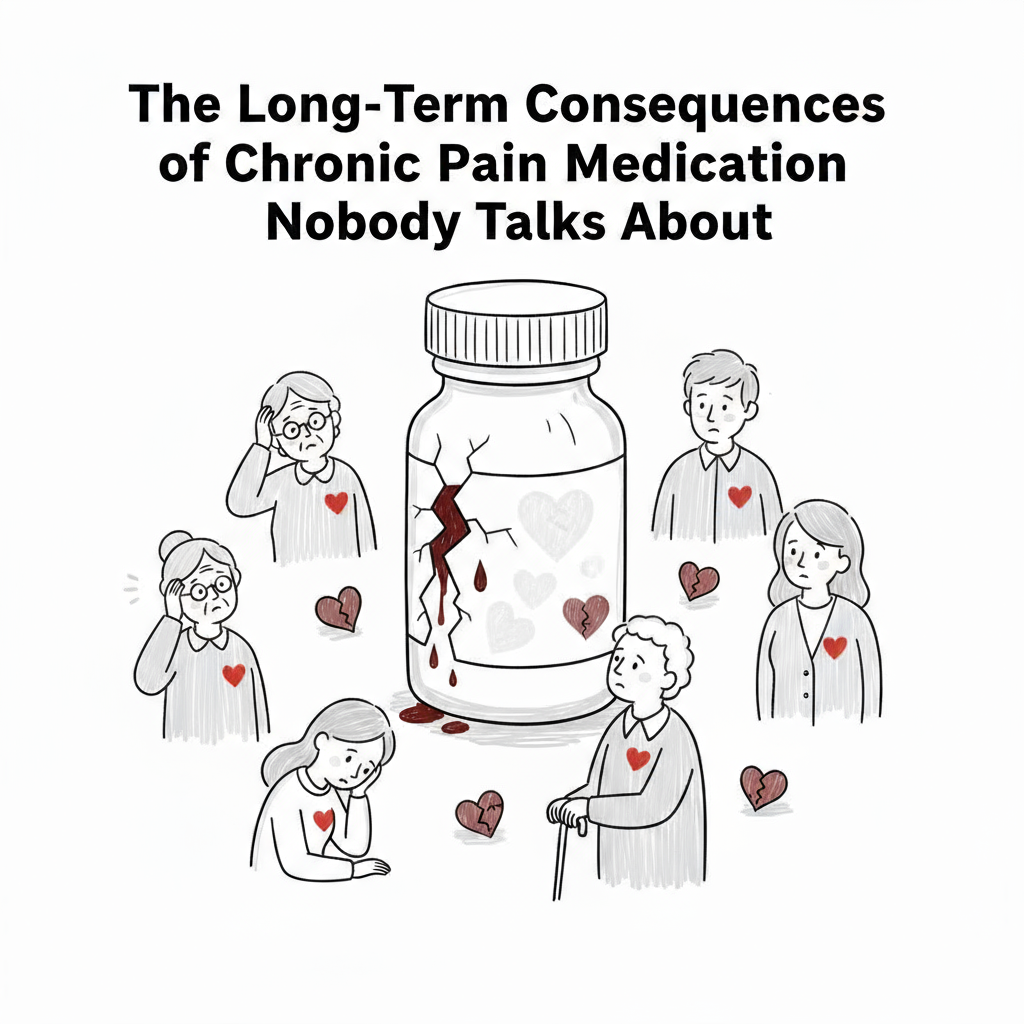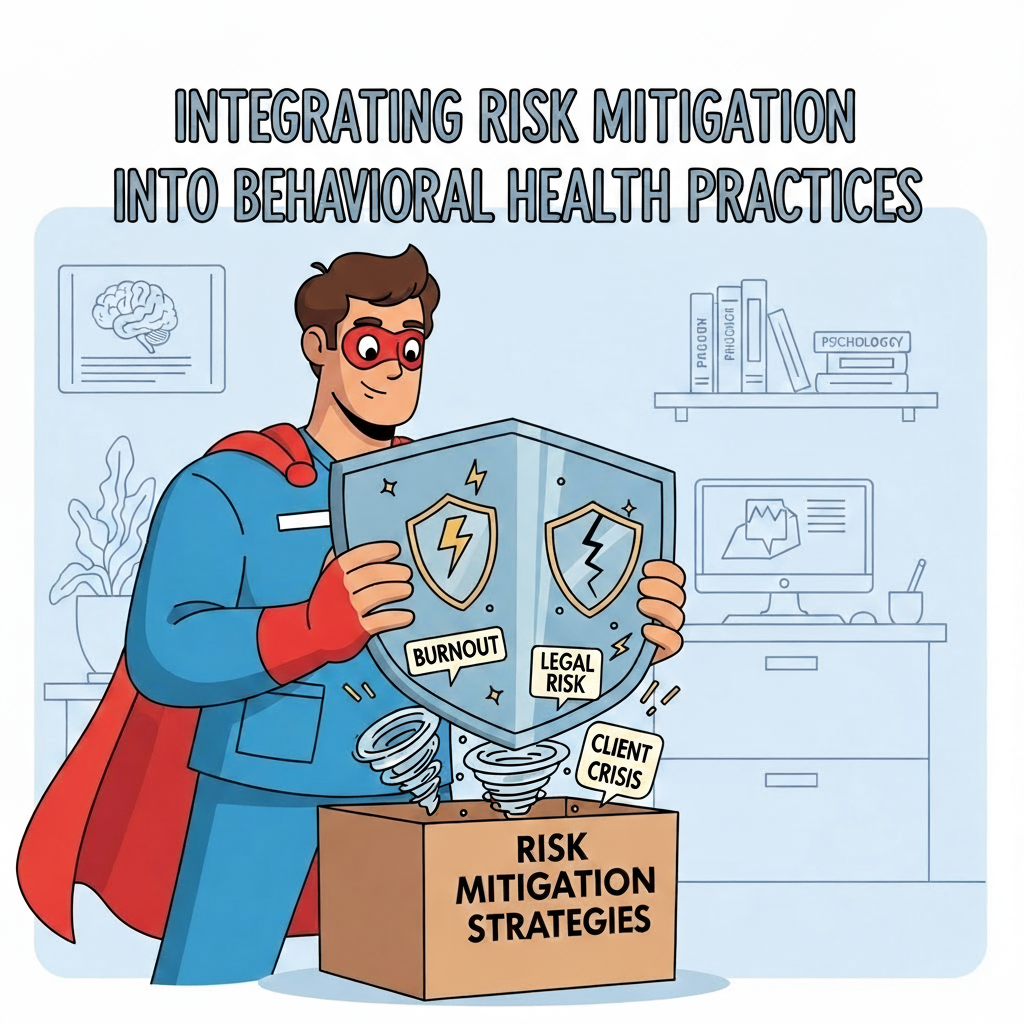
Introduction: Relief at a Cost
For patients living with severe, persistent pain, long-term medication—especially opioids—can feel like the only way to survive.
And in many cases, it is.
But here’s what too few providers explain, and what too few patients are told:
Even when they’re working as intended, chronic pain medications can have long-term effects that alter your body, your hormones, and your health in ways you might not expect.
Some of these changes are reversible. Some are manageable.
Others require ongoing attention for as long as the medication is used.
This isn’t a scare tactic—it’s a reality check.
Because the best pain management plans don’t just aim for today’s relief—they plan for tomorrow’s health.
The Most Overlooked Side Effect: Hormonal Suppression
Long-term opioid use can suppress the body’s production of sex hormones—particularly testosterone in men and estrogen in women.
In Men, This Can Cause:
- Fatigue
- Low libido
- Erectile dysfunction
- Loss of muscle mass
- Mood changes, including depression
In Women, This Can Cause:
- Irregular menstrual cycles
- Hot flashes and night sweats
- Decreased bone density
- Mood instability
This condition—called opioid-induced endocrine dysfunction—is underdiagnosed because many symptoms mimic other conditions.
Bloodwork can confirm the diagnosis, and hormone replacement therapy can help.
Weight Gain and Metabolic Changes
Some chronic pain medications, especially those used for neuropathic pain (like certain anticonvulsants or antidepressants), can cause:
- Weight gain
- Insulin resistance
- Fluid retention
This isn’t just a cosmetic concern—it increases the risk of diabetes, heart disease, and worsening joint pain.
Cognitive and Mood Effects
Long-term use of opioids, benzodiazepines, and certain muscle relaxants can affect:
- Memory
- Concentration
- Reaction time
- Emotional regulation
These changes may be subtle at first, but they can impact driving safety, work performance, and relationships.
Sleep Disruption
Ironically, some medications prescribed for pain can disrupt normal sleep patterns.
Opioids can reduce REM sleep and suppress breathing during sleep (sleep apnea), while certain antidepressants or stimulants can cause insomnia.
Bone Health Concerns
Both hormonal suppression and reduced physical activity from chronic pain can lead to osteoporosis—making fractures more likely, especially in older adults.
Gastrointestinal Issues
Opioid-induced constipation is the best-known example, but long-term medication use can also:
- Slow digestion
- Increase risk of acid reflux
- Alter gut microbiota in ways that affect immunity
Mitigating the Risks: The Provider’s Responsibility
If long-term medication is the best treatment option, the provider’s role doesn’t end with writing the prescription.
Risk mitigation should include:
- Baseline and periodic lab work – to monitor hormone levels, liver/kidney function, and metabolic health
- Bone density screening – especially for patients on opioids for more than a year
- Nutrition and activity counseling – to counteract weight gain and bone loss
- Sleep evaluation – screening for apnea or disrupted sleep cycles
- Cognitive assessments – especially if patients notice memory or mood changes
The Patient’s Role: Ask the Right Questions
If you’re a patient on long-term pain medication, ask your provider:
- “How will you monitor for hormonal changes?”
- “What should I look for that might mean I’m having side effects?”
- “Are there non-drug strategies we can use alongside medication?”
- “What’s the plan if my function declines despite treatment?”
The more informed you are, the safer you’ll be.
Final Thoughts: Relief and Risk Can Coexist
Long-term pain medication is neither a miracle cure nor a guaranteed disaster.
It’s a powerful tool—and like all powerful tools, it comes with responsibilities for both the prescriber and the patient.
If we acknowledge the risks, monitor for them, and address them early, patients can get the relief they need without sacrificing long-term health in the process.
About the Author
Douglas J. Jorgensen, DO, CPC, FAAO, FACOFP
Dr. Doug is a national consultant in pain management compliance and a practicing physician. He trains providers to balance effective relief with proactive health monitoring for patients on long-term controlled medications.


